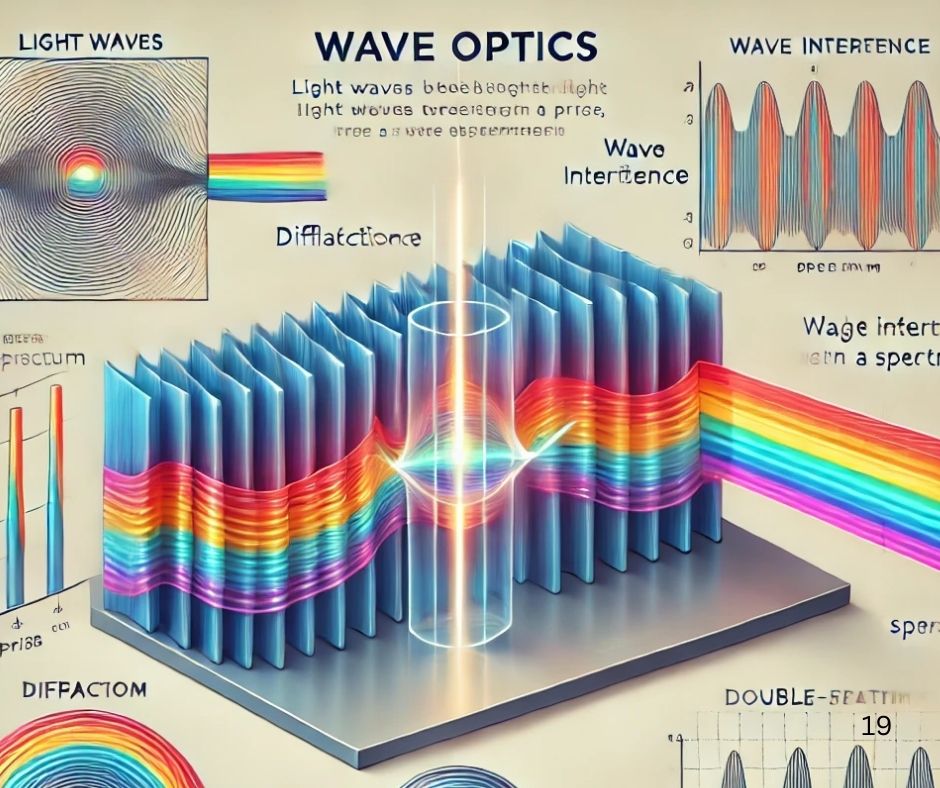INTRODUCTION
In 1637, Daken presented the corpuscular model of light and derived Snell’s law. This model explains the laws of reflection and refraction of light at an interface, the corpuscular model predicted that if a ray of light bends towards the normal (at the time of refraction), then the speed of light will be higher in the second medium. Isaac Newton further developed the corpuscular theory of light in his famous book Optics. Due to the immense popularity of this book, the corpuscular model is often credited to Newton.
In 1678, Dutch physicist Christian Huygens introduced the wave theory of light- it is this wave theory of light that we will consider in this chapter. We will see that the wave model can satisfactorily explain the phenomena of reflection and refraction; however, it predicts that if the wave bends towards the normal at the time of refraction, the speed of light in the second medium will be less. This is contrary to the prediction made while using the particle model of light. An experiment carried out by Foucault in 1850 showed that the speed of light in water is less than the speed of light in air. Thus the prediction of the wave model was confirmed.
The wave theory was not readily accepted, mainly due to Newton’s influence. Open reason for this was that light could travel in a vacuum and it was felt that waves always require a medium to travel form one point to another. However, when Thomas Young carried out his famous interference experiment in 1801, it was definitely proved that light is indeed wave-like in nature. The wavelength of visible light was measured and found to be extremely small; for example, the wavelength of visible light (compared to the size of ordinary mirrors and lenses), light can be considered to travel approximately in straight lines. This is the field of study of geometrical optics, which we have already discussed in Chapter 9. In fact, the branch of optics in which the finiteness of wavelength is considered completely negligible is called geometrical optics and the ray is defined as the path of energy transmission in Which the value of wavelength tends towards zero.

